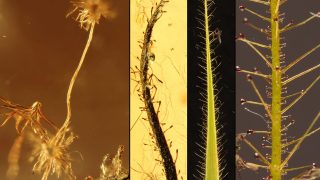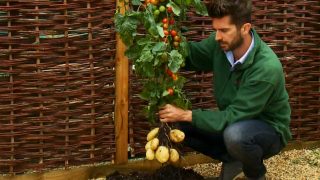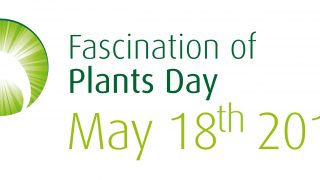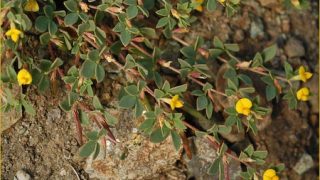
The future of rice and the rice of the future
Every day, each person on the planet consumes 2868 Kcal, 19% of those calories come from the world’s most important crop, rice, closely followed by wheat (F.A.O). In some Asian countries such as Bangladesh, Indonesia or Philippines rice represents up to 70% of the daily caloric intake (Figure 1). Many research efforts have been done […]








